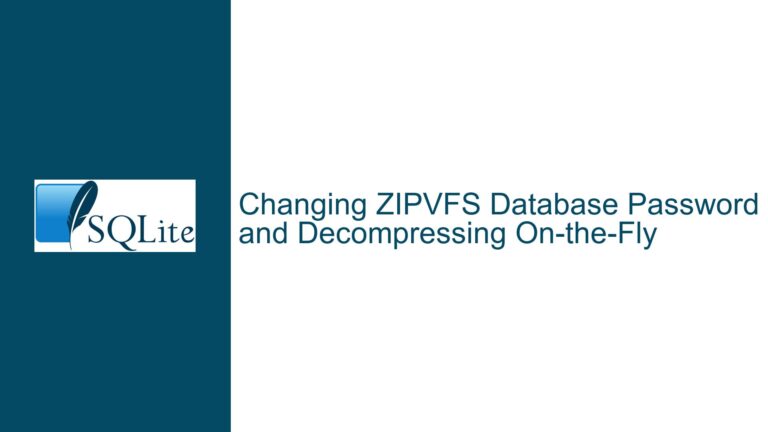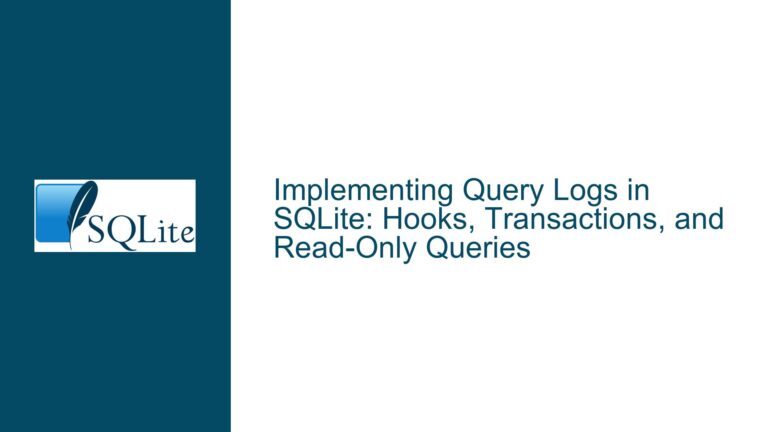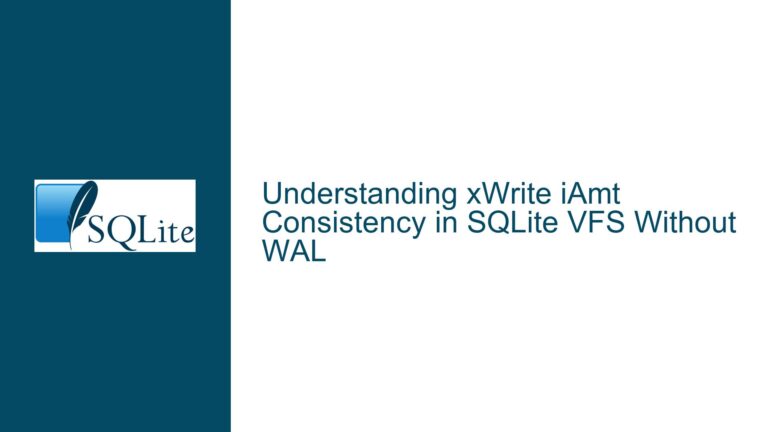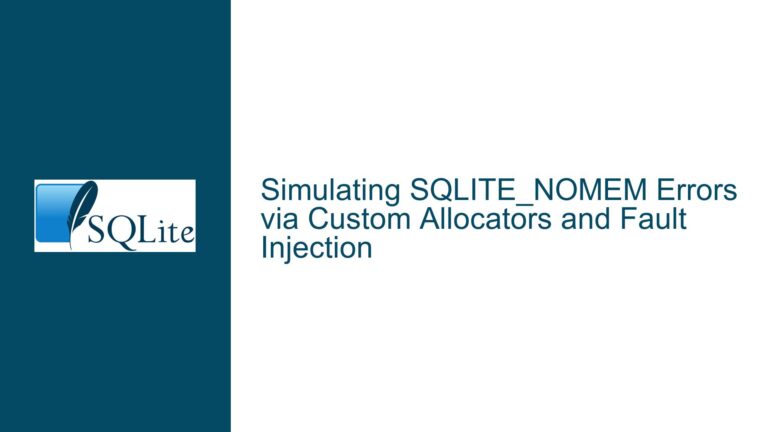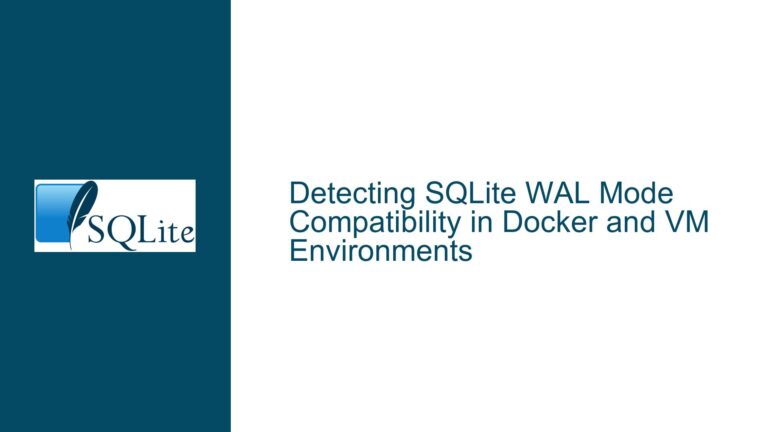Windows Misidentifies 64-bit SQLite3.dll as 32-bit: Causes and Solutions
Issue Overview: Windows Incorrectly Redirects 64-bit SQLite3.dll to SysWOW64 When deploying a 64-bit version of the SQLite3.dll on a Windows system, a common issue arises where the operating system misidentifies the DLL as a 32-bit file. This misidentification results in the DLL being automatically redirected to the SysWOW64 directory instead of the intended System32 directory….

